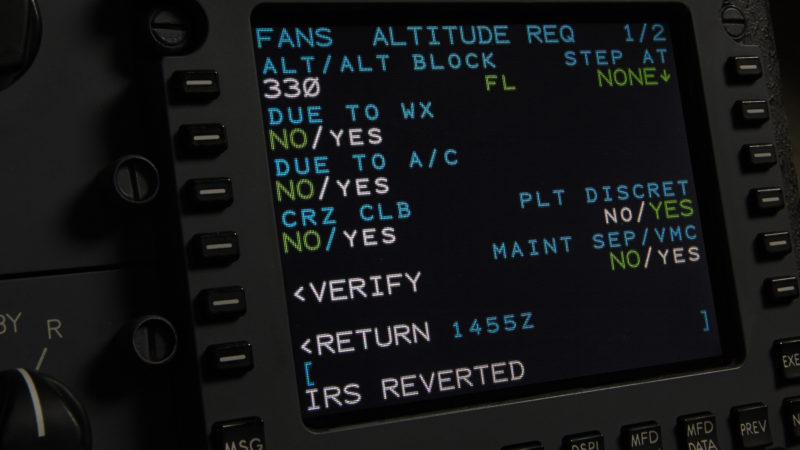
Photo: Rockwell Collins.
On the same day that the General Aviation Manufacturers Assn.’s (GAMA) state of the industry report showed the number of business jet deliveries in 2016 were at the lowest level since 2004, one major avionics original equipment manufacturer (OEM) gave more bleak news about the state of the business jet industry. Rockwell Collins Senior Vice President and Chief Financial Officer Patrick Allen, speaking at the Barclays Industrial Select Conference Wednesday, said he believes a fundamental change in business aviation flying has changed long-term growth prospects for business jet avionics suppliers.
Allen’s comments came on the same day GAMA released its 2016 year-end General Aviation Aircraft Shipment Report, which showed a total of 661 business jet shipments in 2016, an 8% decrease from 2015’s total of 718 deliveries. The business aviation divisions at Rockwell Collins, and several of its competitors such as Honeywell Aerospace and Astronics Corp., have also reported declines in sales in recent months.
“The business jet market, which remains an important part of our portfolio, we don’t see as being a long-term significant growth area. I hope we’re wrong, but that’s how we look at it today,” said Allen.
Allen noted that Rockwell Collins has been forecasting a recovery in business jets for a number of years, but like a lot of other companies and analysts, they have “been consistently wrong.”
The latest business and general aviation avionics sales report released by the Aircraft Electronics Assn. (AEA) shows that the business jet avionics sales have been down for companies across the board as well. In the first nine months of 2016, total forward and retrofit business and general aviation avionics sales declined by 6.2%, compared to the same period in 2015.
Rockwell Collins CEO Kelly Ortberg recently expressed similar sentiments about the business aviation market during his recent presentation at the Cowen Aerospace and Defense Industrials conference earlier this month.
“Our major challenge in end markets has been business aviation, and business aviation is going to be a real headwind for us in our fiscal 2017,” Ortberg said. “Not just from a production rate perspective but we delivered more equipment last year to all the business jet OEMs, because they were projecting higher production rates so they’re going through an inventory rationalization, this year.”
While sales and growth prospects for business jet avionics are down, according to the UBS Business Jet Market Index released Wednesday, interest in private flying has reached post financial crisis highs. Large business jet fleet operators also recently reported growth in business in 2016. XOJET, an on-demand private air travel provider, reported record growth in sales of new programs and expansion of off-fleet brokerage operations, which increased 22% in 2016 compared to 2015. Fractional private jet provider Flexjet sold 100% of the hours available on its fleet of large cabin Gulfstream G450s in 2016 and also reported an increase of 20% in business from new customers last year.
However, Allen suggested the shift toward more use of fractional jet providers could be one of the reasons why direct sales of business jet avionics are down for Rockwell Collins and others.
Looking at the peak production rates around 2007 and 2008, “we just don’t believe [they] are replicable. Is there going to be growth in business jets? Yes. Is it going to be modest? I think it is. I think there’s been a fundamental change to that market. People are probably moving more toward fractionals, which just require less aircraft to satisfy the same need,” said Allen.